For many years we have been focusing on creating dishes that taste delicious, and thankfully we are learning to prepare meals in a way that preserves their nutritional value as well; but what if we considered the personality exhibited by the foods we eat and the effects that personality has upon our bodies?
Food Personalities
It wasn’t until I realized that each food has it’s own innate personality that I began to see the potential benefits of eating certain foods and avoiding others.
The way foods look, feel, grow and taste provides clues to their individual personalities, and in turn, to what effect those foods have on our bodies.
Consider the Reishi mushroom, it’s colour a rich, deep red, similar to our human heart. It is no coincidence that Reishi mushrooms are considered a valuable heart tonic in Chinese medicine, and are said to ‘mend the heart’ in ancient texts. Reishi mushrooms are a ‘heart tonic’, indicated in coronary heart disease because of their ability to remove excess cholesterol, improve blood flow, reduce blood pressure, ease the chest pain of angina, and prevent arrhythmia (1997, Duke).
Tip: To reap the cardiovascular benefits of Reishi mushrooms, purchase dried whole or powdered mushrooms. Make a tea by steeping for at least twenty minutes. Drink two cups per day.
Ayurvedic Classifications
Ayurvedic philosophy classifies foods into two distinct categories, Taste and Quality. The six Ayurvedic Tastes include:
Sweet – Rice, grains, milk, fruit – Cooling, heavy and oily, nourishing, hunger and thirst relieving
Sour – Lemon, sour greens, naturally fermented yogourt – Improves digestion and appetite
Pungent – Ginger, cloves, cayenne – Heating, light and dry
Bitter – Kale, collards, dandelions – Dry and purify secretions and increase appetite
Astringent – Turmeric, okra, vinegar – Make your mouth pucker, drying and shriveling energy
Salty – Sea salt, rock salt, seaweeds – Heavy and heating, increases digestive fire and helps your body cleanse out wastes
The six Ayurvedic Qualities are three opposite pairs. They include:
Heavy – Cheese, yogourt, meat, wheat
Light – Barley, spinach and apples
Oily – Dairy, fatty foods, avocados
Dry – Corn, potatoes, beans, barley
Hot – Hot tea, coffee, soup
Cold – Iced tea, water
Chinese Classifications
The Chinese system of classification gives us further understanding of the way foods function in our bodies. It identifies five categories representing the medicinal qualities of foods; their flavour, energetic quality, their effect on specific glands and organs and the direct action they stimulate. The five Chinese Qualities consider Yin attributes (expansive, cool, thin, dilated and light) and Yang attributes (contractive, hot, fiery, dense and heavy).
The five Chinese Qualities include:
Cold energy – Very Yin – Banana, grapefruit, lettuce, sugar, watermelon
Cool energy – Slightly Yin – Apples, tofu, cucumbers, oranges, mangos, spinach, strawberries
Neutral energy – Balanced – Apricots, carrots, sesame seeds, potatoes, pumpkin, radishes, sweet potatoes
Warm energy – Slightly Yang – White fish, miso, soy sauce, seaweeds, asparagus
Hot energy – Very Yang – Vinegar, salt, meat, garlic, ginger, cinnamon, cloves, cayenne
(2000, Cousens)
Western Classifications
Although we do not have a classification system per se, we are beginning to understand how each food possesses qualities that exert specific affects on our bodies.
From a holistic nutrition viewpoint, dairy products are fundamentally congesting, contributing to acid buildup in joints, osteoporosis and arthritis; ear infections and asthma; an imbalance of calcium to magnesium (essential for many vital functions); fat buildup in liver and gallbladder, gallstones, fatty liver and skin problems; hormone imbalance and it’s many uncomfortable symptoms; improper fat metabolism and weight gain; and hormonal cancers, including breast, cervical, uterine and prostate cancer.
You can begin to see how overindulgence in dairy products can create large imbalances, which initiate and promote illness. In all understandings, too much of one food can cause imbalance and cravings for foods with opposite qualities. Consider a heavy, salty meal almost always induces cravings for foods with sweet tastes; polar opposites on the Ayurvedic scale.
Once we become familiar with the personalities inherent in the foods we eat, we can begin to use these qualities to cleanse out congestion, toxins and waste; and rebuild a new amazing body, with incredible energy levels, balanced hormones, a focused mind, a relaxed nervous system and a highly functioning immune system!
Now, back to Hummus.
The Hormonal Personality of Hummus
A good quality Hummus contains a few very simple and very powerful ingredients, which have very special personalities of their own.
Chick peas ~ Hormone balancing, low glycemic value, high fiber, insulin regulating
Unrefined, cold pressed Olive oil ~ Highly monounsaturated, reducing cholesterol and blood pressure, protective antioxidants, cancer reducing, improving viscosity of blood
Unrefined, cold pressed Flax oil ~ Protective lignans, hormone balancing, cancer reducing, immune enhancing, improving viscosity of blood, calming, nourishing for brain and nervous system, reducing hormonal symptoms (we all know what those are!)
Sesame Seeds ~ High in protective antioxidants, lowering blood pressure, reducing inflammation, lowering cholesterol, increasing oxidation of fat in your liver
Lemon Juice ~ Alkalizing, liver cleansing, increasing oxidation of fat, antioxidants, nourishing
Unrefined Sea Salt ~ Alkalizing, mineral rich, nourishing
Garlic ~ Antioxidant, Antibacterial, Antifungal, Antiviral, Antipathogenic, cancer reducing, cholesterol reducing, improving viscosity of blood (2007, Bowden)
Hummus ~ A Girl’s Best Friend
Hummus is incredibly hormone balancing, calming, nourishing, protective and alkalizing; an all around health promoting food; AND it tastes so delicious! I mean your hummus made at home with fresh, quality ingredients! Alright, it’s good for men too … If we have to share …
Looking for a heavenly, garlicky Hummus recipe? What a coincidence! Go here: Heavenly Garlicky Hummus
I am almost positive this recipe will become a staple in your kitchen. It takes all of two minutes to make hummus, if you have pre-soaked and cooked your peas, or if you have canned peas on hand.
p.s. to make red pepper hummus like the picture above, just add one roasted red pepper to your blender before blending (you may need to add less oil). That’s it.
For information on how to soak and cook chick peas and other beans (which incidentally all have hormone balancing properties!), go to Soaking Beans and Peas.

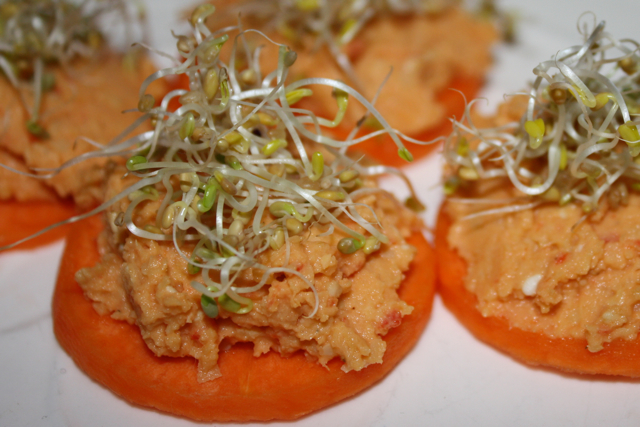

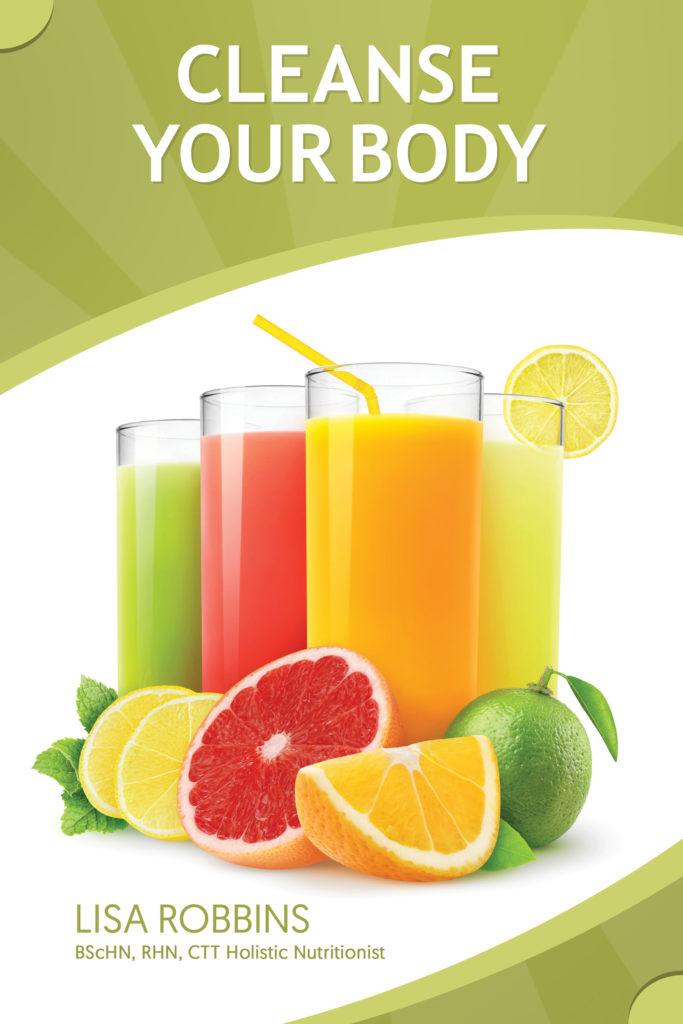
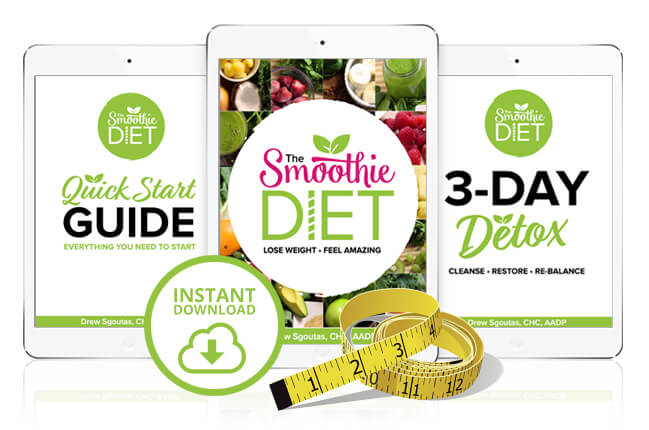
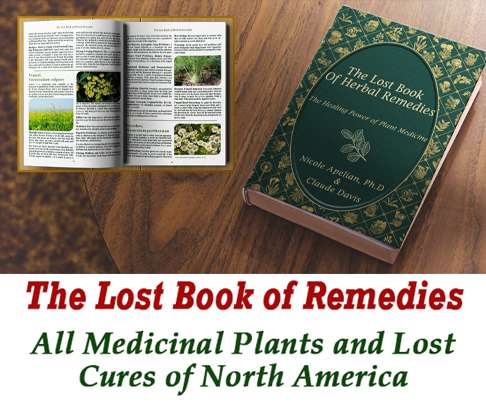
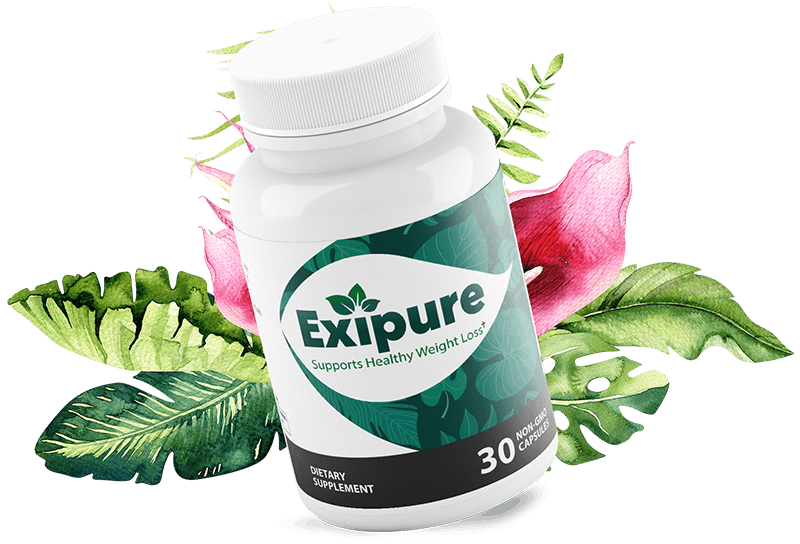
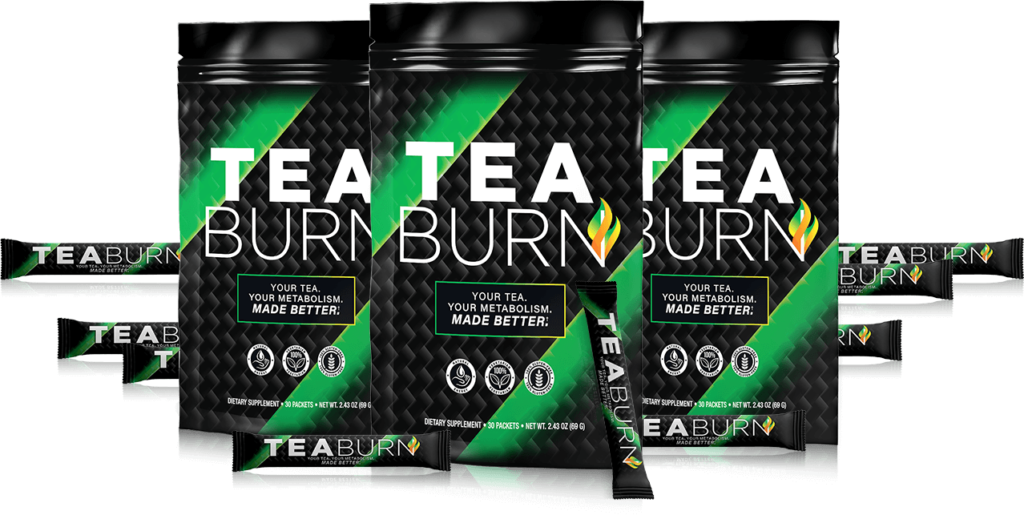
Great article Lisa!!! I really enjoyed it.